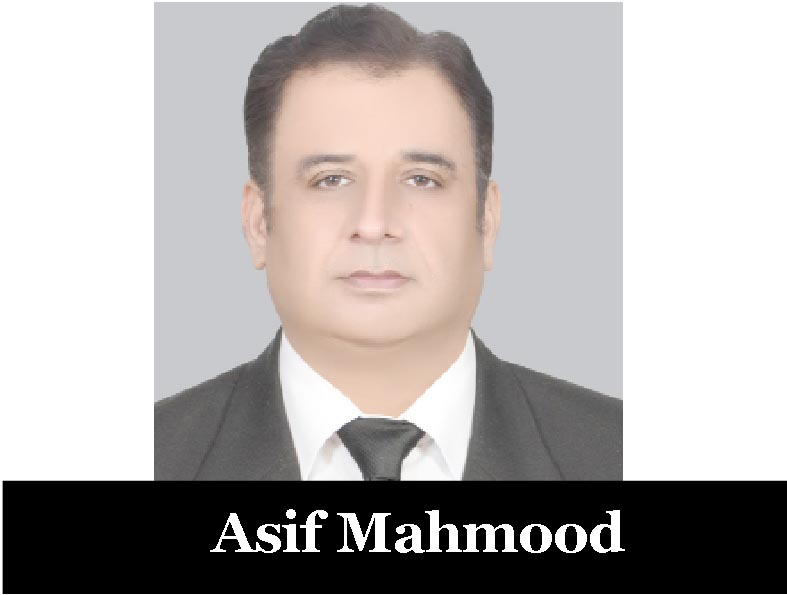Asif Mahmood
The Nobel Peace Prize was meant to honor those who heal wounds and build bridges. Today it risks becoming a stage for those who exploit grief, glorify violence, and polish their image through foreign lobbies. The campaign to present Mahrang Baloch as a candidate for the world’s most respected award exposes how easily a prize for peace can be turned into a tool of propaganda.
The polished image of Mahrang Baloch, sold abroad as a human rights defender, hides troubling realities. She is the daughter of Ghaffar Langove, a commander of the banned Baloch Liberation Army (BLA), whose grave still carries the outfit’s flag. Throughout her rise to prominence, she has never condemned the BLA’s trail of blood. Entire communities have been torn apart by its bombings and targeted killings, yet her words remain vague, calculated to avoid naming the culprits. Silence in such matters is not neutrality; it is complicity.
Under her leadership, the Baloch Yakjehti Committee (BYC) has become a breeding ground for distorted narratives. It has glorified individuals later exposed as suicide attackers. One example is Gulzadi, who claimed her brother was a victim of enforced disappearance, only for the BLA itself to admit he carried out the Mach suicide bombing in 2024. Another is Sohaib Langov, once her bodyguard, later identified as a BLA commander complicit in civilian massacres. Instead of offering young Baloch a path of peaceful activism, BYC has given cover to militancy and radicalisation.
Her sudden international recognition owes little to grassroots struggle. It stems from calculated networking. In 2024 she met Jorgen Watne Frydnes, a serving member of the Nobel Committee and Secretary General of PEN Norway. The meeting was arranged by Kiyya Baloch, a Norway-based activist whose writings echo BLA propaganda. Soon after, Mahrang’s nomination campaign was launched across European platforms, giving the appearance of legitimacy through carefully cultivated connections.
This is where the credibility of the Nobel Prize itself begins to crack. A committee member openly engaged with a figure tied to a movement connected with terrorism. Neither Frydnes nor his circles have condemned the BLA’s massacres. Instead, they amplify one-sided narratives that erase the suffering of thousands of Pakistanis murdered by militants. When silence is this selective, it amounts to endorsement.
What makes it worse is the larger geopolitical backdrop. The BLA has long received backing from India’s RAW and Israel’s Mossad, and hostile media networks have worked tirelessly to malign Pakistan. Promoting Mahrang Baloch as a peace icon fits into this pattern — weaponising the Nobel to weaken Pakistan diplomatically while whitewashing those linked to terrorism.
The consequences are not just Pakistan’s burden. If sympathisers of internationally banned outfits can be repackaged as Nobel nominees, then the entire framework of global counterterrorism is weakened. It signals to victims of terror everywhere that their pain can be ignored if powerful lobbies rewrite the narrative.
The Nobel Committee must act before its name is irreparably tainted. It must investigate the lobbying networks that propelled Mahrang into the spotlight, question the role of PEN Norway, and examine the BYC’s ties with banned outfits. Failing to do so will not only strip the prize of its moral authority but also turn it into a political weapon against the very ideals it was meant to defend.
Pakistan has paid a heavy price for resisting terrorism. Thousands of its civilians and soldiers have been killed. Their sacrifice cannot be mocked by showering legitimacy on those who stand shoulder to shoulder with militants. True peace demands clarity — and that clarity begins with refusing to honor those who excuse terror.
If the Nobel Prize allows itself to be hijacked, it will not remain a badge of honor. It will become an “IGnoble Peace Prize”, a reward not for peacemakers, but for those who thrive on conflict and cloak violence in the language of rights.
